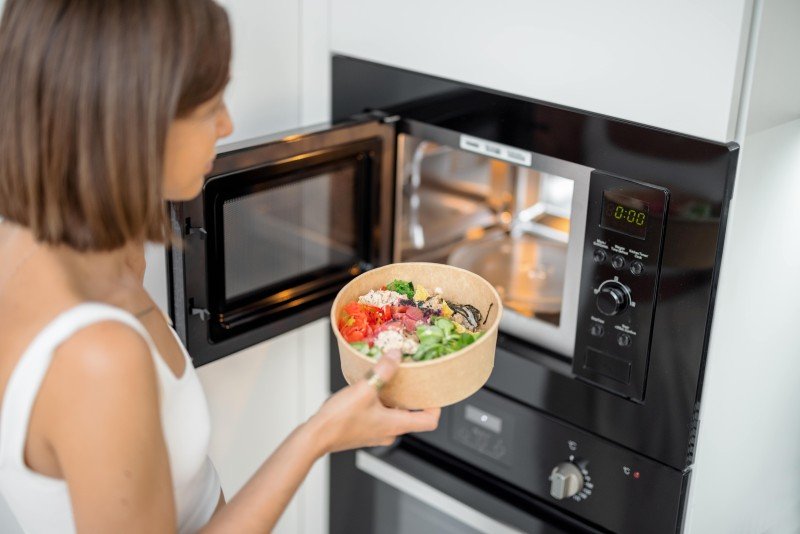10 Facts About Oven Hob That Will Instantly Put You In A Good Mood
Understanding Oven Hobs: The Heart of Culinary Crafting
In the realm of modern kitchens, the oven hob stands out as a vital device. Not just is it a main part for preparing a range of meals, however it also affects kitchen aesthetic appeals, functionality, and efficiency. This post explores the kinds of oven hobs, their functions, benefits, and upkeep suggestions. Additionally, it attends to some frequently asked questions to provide an extensive understanding of this vital kitchen home appliance.
Kinds Of Oven Hobs
Oven hobs can be classified into a number of types based on their energy source and style. Understanding these variations can assist customers make informed decisions when choosing the perfect hob for their kitchen needs.
1. Gas Hobs
Gas hobs use natural gas or gas as fuel, providing precise temperature level control and instant heat. They are favored by lots of chefs for their capability to supply visual feedback through flame.
Pros:
- Quick heat-up time.
- Exact temperature changes.
- Suitable with all types of pots and pans.
Cons:
- Requires a constant gas supply.
- Safety worry about open flames.
- Requires more upkeep.
2. Electric Hobs
Electric hobs are powered by electricity and function smooth glass or ceramic surface areas. They often are available in 2 types: coil and strong.
Pros:
- Sleek look.
- No open flames, decreasing security dangers.
- Easy to clean.
Cons:
- Slower to warm up and cool off.
- May need particular pots and pans (induction).
- Some may have uneven heat circulation.
3. Induction Hobs
Induction hobs use electro-magnetic energy to straight warm pots and pans. They just work with ferromagnetic pots and pans.
Pros:
- Very energy-efficient.
- Fast heating and cooling times.
- Safe, as the surface remains relatively cool.
Cons:
- Limited to particular types of pots and pans.
- Greater initial expense.
- Can produce sound when in usage.
4. Strong Plate Hobs
These electric hobs include strong metal plates that warm up and retain heat for cooking.
Pros:
- Durable and trustworthy.
- Simple operation.
Cons:
- Takes time to warm up.
- Less effective than induction and gas designs.
Hob Type
Heat Source
Visual appeals
Maintenance
Gas Hobs
Gas
Traditional
Moderate
Electric Hobs
Electricity
Modern/Sleek
Low
Induction Hobs
Electromagnetic
Contemporary
Low
Strong Plate Hobs
Electrical energy
Classic
Average
Functions to Consider When Choosing an Oven Hob
When choosing the best oven hob for your kitchen, there are a number of necessary features to take into account. These consist of:
- Size: Ensure the hob fits the designated area in your kitchen.
- Number of Burners: Consider your cooking style and how many burners you'll require.
- Control Type: Look for user-friendly controls, whether touch-sensitive or knobs.
- Security Features: Many modern hobs include precaution like flame failure gadgets or kid locks.
- Energy Efficiency: Choose energy-efficient designs to minimize energy expenses and lower your environmental effect.
Advantages of Using an Oven Hob
The oven hob provides a number of advantages that deal with both amateur cooks and professional chefs. Here are some key benefits:
- Versatility: Whether boiling, frying, simmering, or sautéing, an oven hob accommodates numerous cooking methods.
- Convenience: Many hobs included extra functions like timers and automated shut-off systems for included benefit in hectic cooking areas.
- Improved Cooking Control: The immediate heat responses of gas and induction hobs enable for better control over cooking temperature levels.
- Style Enhancement: Modern hobs can improve the general aesthetic of a kitchen, adding a contemporary touch.
Upkeep Tips for an Oven Hob
To ensure the durability and performance of an oven hob, appropriate maintenance is vital. Here are some upkeep tips:
Regular Cleaning:
- Use a soft fabric and moderate cleaning agent to clean surface areas after each use.
- For induction and ceramic hobs, avoid abrasive cleaners to avoid scratching.
Inspect for Wear and Tear:
- Inspect rubber seals and connections in gas hobs regularly for any damages or leaks.
- Ensure electrical connections are safe in electric hobs.
Professional Servicing:
- Schedule regular upkeep checks with a qualified specialist to prevent major issues.
The oven hob is an important component in any kitchen, functioning as a focal point for culinary ventures. Whether selecting gas, electric, or induction, comprehending the numerous types, functions, and maintenance requirements is important for making a well-informed decision. A well-chosen hob not just improves cooking performance but likewise boosts the general kitchen experience.
Often Asked Questions (FAQs)
1. What type of hob is best for a newbie?
Electric hobs are frequently preferred by beginners due to their ease of usage and upkeep.
2. Can I utilize all pots and pans on an induction hob?
No, induction hobs require ferromagnetic pots and pans for them to work appropriately.
3. How do I understand if my gas hob is working effectively?
Frequently examine for even flame circulation and listen for any hissing sounds that may indicate leakages. If in doubt, seek advice from an expert.
4. Is a higher price always much better for hobs?
Not necessarily. While Ovens And Hobs -priced models may use advanced functions, numerous mid-range products supply excellent efficiency and longevity.
5. Can I set up a hob myself?
It is recommended to work with an expert, specifically for gas hobs, due to safety issues and regional regulations.
By comprehending the subtleties of oven hobs, home cooks can make a knowledgeable decision that lines up with their cooking ambitions and kitchen designs. Selecting the best hob improves both the cooking experience and kitchen looks, making it an essential financial investment for any home.
